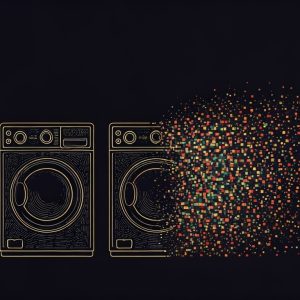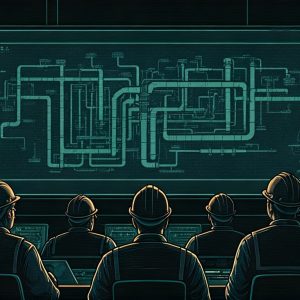Borland’s Philippe Kahn has also been delivering himself of his reflections on the tenth anniversary of the IBM Personal Computer, saying that the rate of technological change since the machine was introduced has been phenomenal, but it will look like slow motion when compared with the technological changes in the next 10 years. In particular, object-orientation will revolutionise computer software just like microprocessors changed the face of the hardware industry in the 1970s, he says. The microprocessor, through its use in fax machines, modems and personal computers, has been one of the most important factors that contributed to the fall of the Iron Curtain. That trend will continue in the 1990s: it will be increasingly more difficult for totalitarian governments to control information. Kahn reckons that software vendors will have to make software even more easy to use: it should be intuitive and accessible – a natural extension of the way people work and think. Usability is key. With software, we figure we have about five minutes. If the user can’t operate the program without a manual in this amount of time, he gets frustrated. The move from transistors to integrated circuits introduced multi-application, compact components that were proven and extremely high performance, he says: Object-oriented technology offers these advantages to the software industry, the Borlander said.






